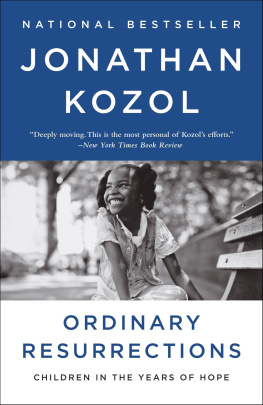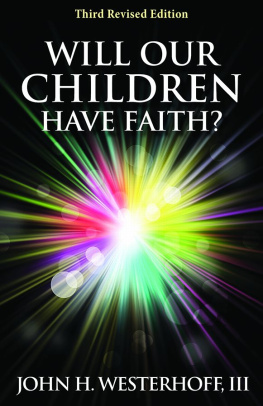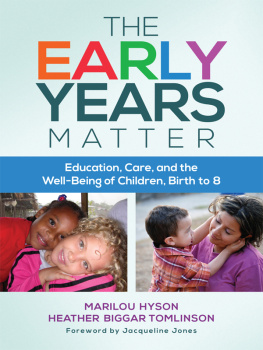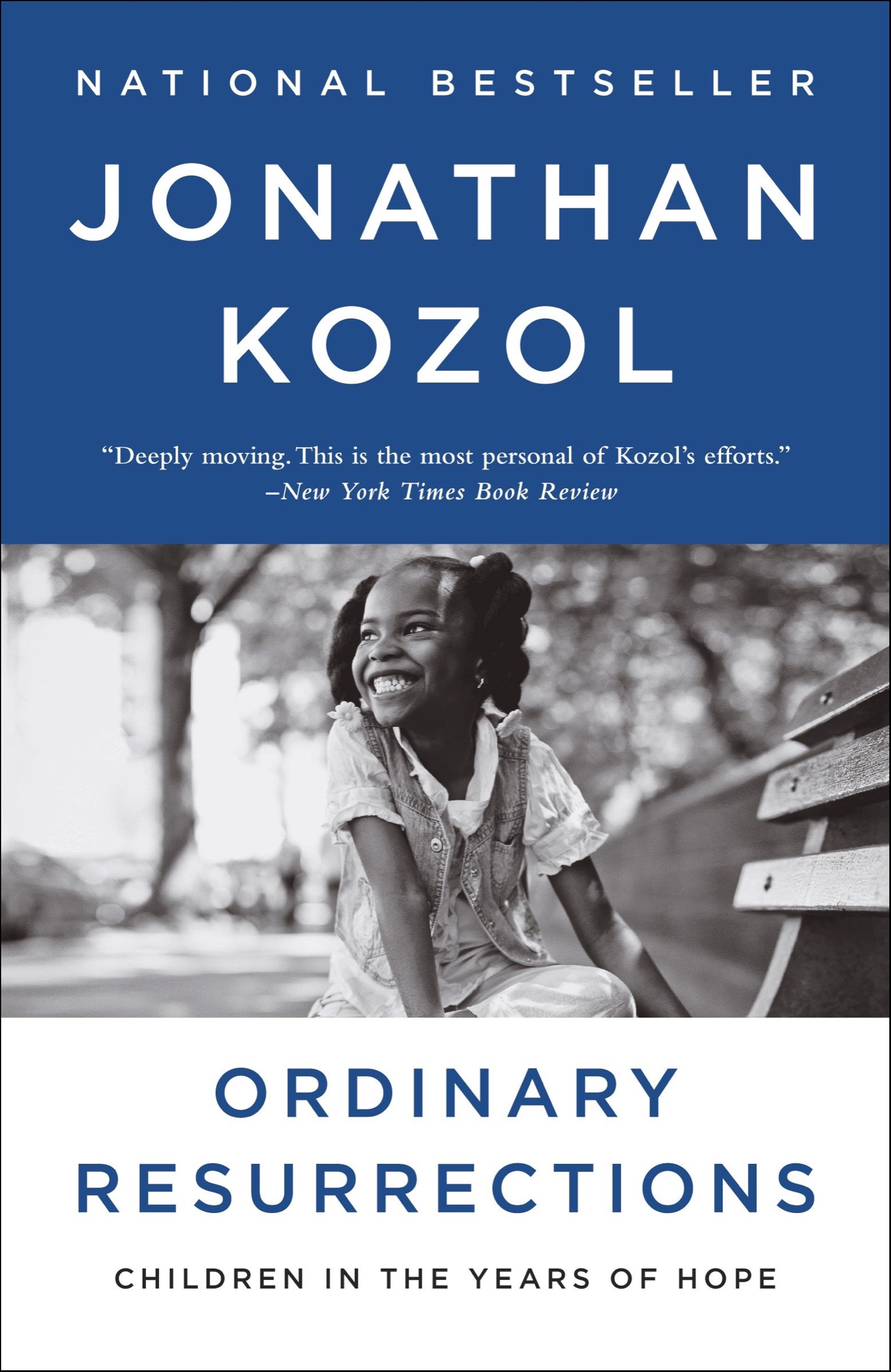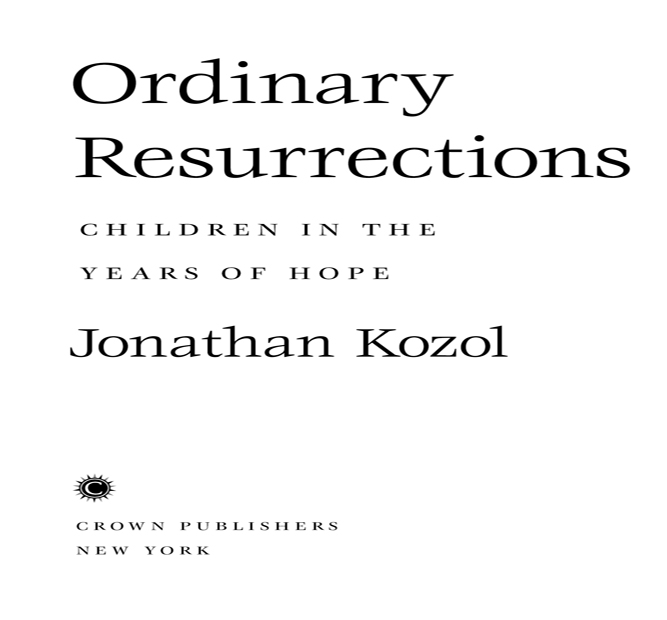Jonathan Kozol - Ordinary Resurrections: Children In The Years Of Hope
Here you can read online Jonathan Kozol - Ordinary Resurrections: Children In The Years Of Hope full text of the book (entire story) in english for free. Download pdf and epub, get meaning, cover and reviews about this ebook. year: 2012, publisher: Crown, genre: Art. Description of the work, (preface) as well as reviews are available. Best literature library LitArk.com created for fans of good reading and offers a wide selection of genres:
Romance novel
Science fiction
Adventure
Detective
Science
History
Home and family
Prose
Art
Politics
Computer
Non-fiction
Religion
Business
Children
Humor
Choose a favorite category and find really read worthwhile books. Enjoy immersion in the world of imagination, feel the emotions of the characters or learn something new for yourself, make an fascinating discovery.
- Book:Ordinary Resurrections: Children In The Years Of Hope
- Author:
- Publisher:Crown
- Genre:
- Year:2012
- Rating:5 / 5
- Favourites:Add to favourites
- Your mark:
Ordinary Resurrections: Children In The Years Of Hope: summary, description and annotation
We offer to read an annotation, description, summary or preface (depends on what the author of the book "Ordinary Resurrections: Children In The Years Of Hope" wrote himself). If you haven't found the necessary information about the book — write in the comments, we will try to find it.
Like his most recent book, Amazing Grace, this work also takes place in New Yorks South Bronx; but it is a markedly different book in mood and vantage point, because we see life this time through the eyes of children, not, as the author puts it, from the perspective of a grown-up man encumbered with a Harvard education. Here, too, we see devoted teachers in a good but underfunded public elementary school that manages, against all odds, to be a warm, inviting, and protective place; and we see the children also in the intimate religious setting of a church in which they are watched over by the vigilant grandmothers of the neighborhood and by a priest whose ministry is, first and foremost, to the very young.
A work of guarded optimism that avoids polemic and the fevered ideologies of partisan debate, Ordinary Resurrections is a book about the little miracles of stubbornly persistent innocence in children who are still unsoiled by the world and still can view their place within it without cynicism or despair. Sometimes playful, sometimes jubilantly funny, and sometimes profoundly sad, theyre sensitive children, by and large complex and morally insightful and their ethical vitality denounces and subverts the racially charged labels that the world of grown-up expertise too frequently assigns to them.
The authors personal involvement with specific children deepens as the narrative evolves. A Jewish man, now 63 years old, he finds his own religious speculations growing interwoven with the moral and religious explorations of the children, some of whom have been his friends for nearly seven years. The children change, of course, from year to year as they learn more about the world; but the author is changed also by the generous and tender ways in which the children, step by step, unlock their secrets and unveil the mysteries of their belief to him.
Salvation in these stories comes not from the promises of politicians or the claims of sociology but from the ordinary resurrections that take place routinely in the hearts of children. We all lie down, a theologian tells the author. We all rise up. We do this every day. So, too, when given a fair chance, do many of the undervalued urban children of our nation. In this book, we see some beautiful children as they rise, and rise again.
Jonathan Kozol: author's other books
Who wrote Ordinary Resurrections: Children In The Years Of Hope? Find out the surname, the name of the author of the book and a list of all author's works by series.

